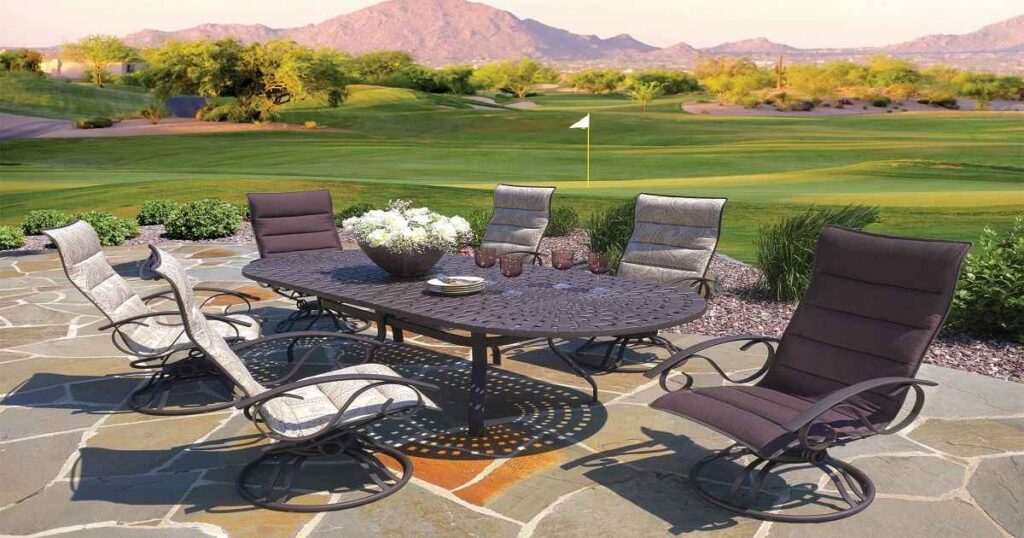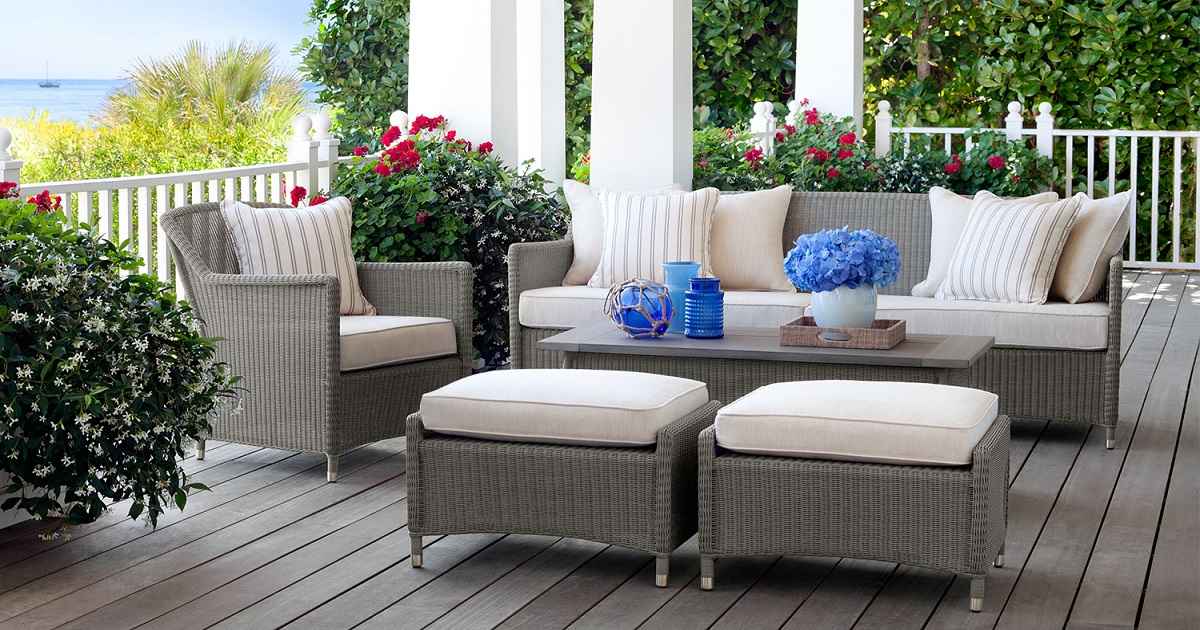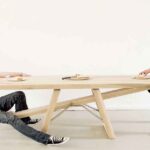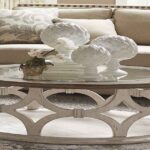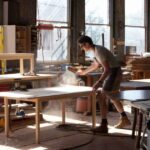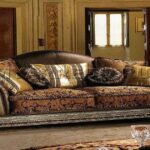What is the Best Material for Outdoor Furniture in Florida
Florida’s warm climate and abundant sunshine call for outdoor furniture that can withstand its unique weather conditions. From the salty sea air of the coast to the intense heat and humidity that can be pervasive, selecting the right material for your outdoor furniture is key to ensuring longevity and maintaining aesthetic appeal.
In this blog post, we’ll guide you through the top materials suitable for the Florida climate, helping you to create a comfortable and inviting outdoor space that lasts.
Durability Meets Style: Materials that Withstand the Florida Climate
Understanding Florida’s Weather Challenges
Before diving into the materials, let’s consider what makes Florida’s weather challenging for outdoor furniture. The intense sun can fade fabrics and break down materials, while humidity can encourage mold and mildew growth. Salt air can corrode metal fixtures and fittings. Thus, the best outdoor furniture material for Florida homes needs to be resilient against these elements.
Metals: Aluminum and Wrought Iron
Aluminum
- Pros: Lightweight, rust-resistant, and easily shaped into stylish designs.
- Cons: Can become hot to the touch under direct sunlight.
Wrought Iron
- Pros: Heavy, sturdy, and can endure strong winds.
- Cons: Requires regular maintenance to prevent rust.
Woods: Teak and Eucalyptus
Teak
- Pros: Naturally high oil content makes it resistant to rot and decay.
- Cons: Higher cost due to its long-lasting properties.
Eucalyptus
- Pros: Less expensive than teak but still offers durability.
- Cons: Requires periodic treatment to maintain its resistance to weather.
Synthetic Resins: HDPE and Wicker
High-Density Polyethylene (HDPE)
- Pros: Resistant to fading, cracking, and peeling.
- Cons: Can be more expensive than traditional plastic furniture.
Wicker
- Pros: Classic aesthetic with modern synthetic versions available for improved durability.
- Cons: Natural wicker is not suitable for the Florida climate without substantial upkeep.
Selecting the Right Material for Your Florida Home
Balancing Cost and Longevity
When choosing outdoor furniture, you must balance the initial cost with the expected lifespan of the material. Investing in high-quality materials can lead to longer-lasting furniture that proves more cost-effective in the long run.
Considering Maintenance Requirements
Each material comes with its maintenance needs. Aluminum might need just a wipe down now and then, while wrought iron may need more intensive care to keep rust at bay.
Aesthetic Preferences
The look of your outdoor furniture is just as important as its functionality. Whether you prefer the natural look of wood or the sleek appearance of metal, there’s a durable material that will match your style.
Features of the Best Outdoor Furniture Materials
Resistance to Weather Elements
The ideal material should not degrade with constant exposure to the sun’s UV rays, nor should it absorb moisture that can lead to mold or mildew.
Ease of Cleaning
Outdoor furniture will inevitably get dirty. The best materials can be easily cleaned with simple household products.
Comfort and Function
The purpose of your outdoor space—whether it’s for dining, lounging, or entertaining—will also influence the best material choice. Comfort should never be compromised for durability.
The Verdict: Best Material for Outdoor Furniture in Florida
The Top Contender: HDPE
HDPE stands out as a top contender due to its durability, low maintenance, and modern aesthetic. It offers the perfect combination of longevity and style for Florida’s outdoor settings.
Runner-Up: Teak
For those who prefer wood, teak is an excellent option. While it comes with a higher price tag, its ability to withstand the Florida climate makes it a worthy investment.
Care and Maintenance Tips for Outdoor Furniture
Regular Cleaning
Simple cleaning routines can extend the life of your outdoor furniture, no matter the material.
Seasonal Checks
Regular inspections can help catch any issues before they become significant problems, such as checking for rust spots on metal furniture or signs of wear on fabrics.
Protective Measures
Using furniture covers when your outdoor space is not in use can protect against the harsh Florida elements, extending the longevity of your furniture.
Conclusion
Choosing the best material for outdoor furniture in Florida is crucial to ensure that your investment stands the test of time. The Sunshine State’s climate requires materials that are robust, easy to maintain, and align with your personal style. Whether you opt for the modern resilience of HDPE, the classic durability of teak, or another material that suits your needs, you’re now equipped with the knowledge to make a choice that will enhance your outdoor living for years to come.
By considering the environmental factors unique to Florida, along with your personal style and maintenance preferences, you can select outdoor furniture that will remain beautiful and functional season after season. Remember, the best material is one that fits your lifestyle and lets you enjoy the outdoor ambiance of your home to the fullest.
